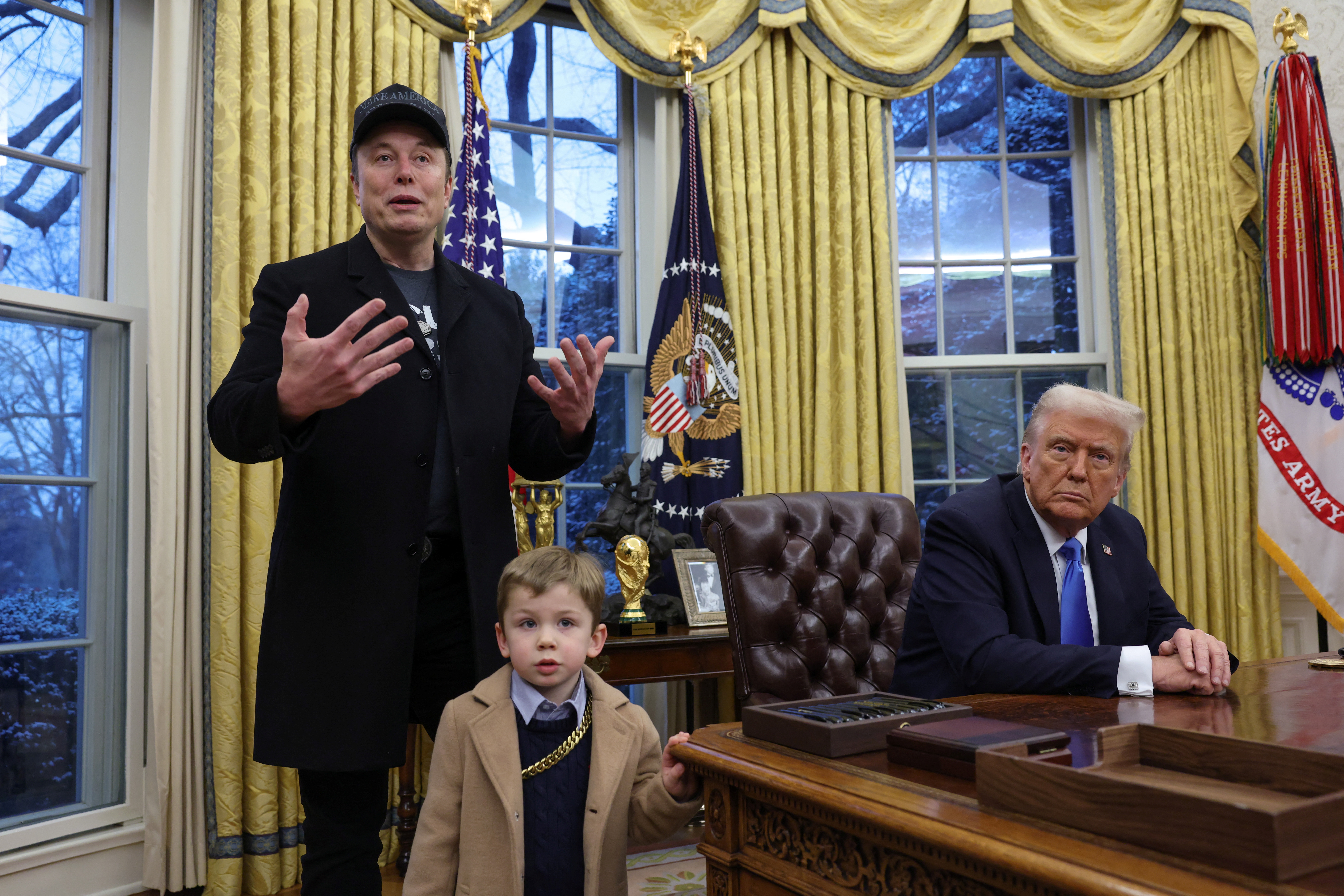« Without this, you might have believed in everything you see on Tiktok »

– How do you know if someone doesn’t want sex?
This is the question that Sofia Wilzén, teacher of mathematics and natural science at Äppelviksskolan in Bromma, sets for its eighth graders.
Hands stretched up in the air.
– If the person sleeps, a student suggests.
The discussion about clear and less obvious signals that someone does not want sex continues. The whiteboard is quickly filled with potential situations.
Sexual education has been reformed since it became compulsory in the Swedish school in 1955. Then the focus was rather on sexual restraint before adulthood – now the teaching is about raising discussion about sex and consent.
– We discuss how to approach another person, what consent means, where the limit goes and what signs show that someone wants or does not want to do something sexual, says Sofia Wilzén.
An area that has received Greater space in sex education is the influence of pornography. Children and young people today are just a button from rough porn, says Sofia Wilzén.
– Then we also talk about body ideal, and that it is not reasonable that a « regular women’s body » looks like the films. It is also not reasonable to be able to stand for 30 minutes – but it is the result of editing, she says.
Jenny Lindholm, teacher of mathematics and science at the same school, fills in:
– Most people who go to sex have already been exposed to porn, which is why we have to raise these discussions, she says.

A survey from Public Health Authority shows that the school is an important source of information For young people when it comes to questions about sex, followed by friends and social media.
Already in grade 6, these eighth grades at Äppelviksskolan in Bromma had their first lesson in sexuality, consent and relationships.
– It was very embarrassing and scary then, but now it feels more normal to talk about it, says Elise Madani, 14.
A contributing factor to increased security can be a maturity and a more open discussion climate in the class, believes Adam Ljungberg, 14.
– The more you talk about it, the more used you become to discuss it, he says.

It is not uncommon for students encounters content on social media that is perceived as degrading.
– You can be on Tiktok and get into a live where an old guy says that women are machines and should not have sex, says Max Lemberger, 14.
Elise Madani agrees:
– I think it can spread a very wrong picture of women, and certainly also by guys, she says.
In addition, personal views on sex and relationships on social media, which can easily be taken as accepted truths, flourish, says Clara Holm, 14.
– You can easily get the wrong idea if you have not learned so much. Maybe someone at Tiktok says that « my first sex was great ». And then when you have it yourself it is very bad and you are disappointed, she says.

Based on this, the students see sexual education as a safe foundation that gives a fair picture of reality.
– All people are different and have different views on sex and how to build a relationship, which means that you cannot rely on what is said on social media, because there all has their own opinions, says Adam Ljungberg.
Max Lemberger takes over:
– Without sex education, you might have believed in everything you see on Tiktok, for example videos where someone claims that women should only give birth to children and be at home and wash, he says.
The eighth grade thinks that today’s extent of sexual education is sufficient. But they have a wish – even more focus on consent, relationships and STDs, and less on the biological perspective.
– There has been a lot of information about the different parts of the genitals, and it may not be very interesting, says Elise Madani.
– We get to hear a lot about sex and how it works, but I also think that you should learn about relationships and how to build them up, says Adam Ljungberg.

RFSU has among several expressed Concern that sex education may change for the worse. That after the new The curriculum investigation camewhich proposes that sexual education in the future should be included in the syllabus for a few subjects, rather than being subject -integrated as it is today.
At Äppelviksskolan in Bromma, the anxiety is not as great.
– Sexual teaching can gain less weight in school, and based on that, the proposal is not good. But it will still remain, says Jenny Lindholm.
At the same time, Sofia Wilzén and Jenny Lindholm would have liked to have more lessons in sex education. The problem is that the working day has only eight hours and many subjects compete for the time in the schedule.
– The students are very interested and can talk about this as much as possible. But we have to catch up with everything else too, and time is not always enough, says Jenny Lindholm.
A consequence as many The fears are that the proposal may mean that sex education will rest on individual teachers’ commitment in the future, rather than the entire school being responsible.

Do you feel worried about it as a teacher in science?
– We are very used to taking that responsibility. But I also think that you work naturally with the subject in, for example, Swedish, through literature, and in social science when it comes to human rights. I’m not so worried, I can’t say that, says Jenny Lindholm.
What responsibility does the school really have when it comes to sex education?
– If we do not exist, it may be that children go through their entire youth life and only talk to friends about, for example, emotions or porn, and maybe get a completely distorted picture. The school has the opportunity to show a fair picture of all aspects of sexuality, says Jenny Lindholm.
Learn more:
Sexologist about the proposal for new sexual education: « A betrayal »
School Minister: « My ambition is to strengthen sex education »








